Beijing
What are they?
Blank pages will be updated soon
Top picks

- The Forbidden City
The Forbidden City (Imperial Palace) at the heart of Beijing is the largest and most complete imperial palace and ancient building complex in China and the world at large.
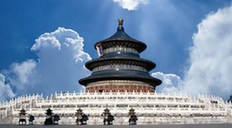
- The Temple of Heaven
The Temple of Heaven in southern Beijing is China's largest existing complex of ancient sacrificial buildings. Occupying an area of 273 hectares, it is three times the area of the Forbidden City.
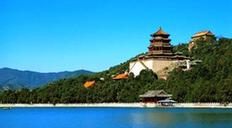
- The Summer Palace
Situated in the northwest suburbs of Beijing, the Summer Palace is the largest and best-preserved royal garden, and one of the four most famous gardens in China.
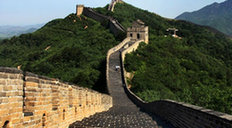
- Badaling Great Wall
Built in 1505 during the Ming Dynasty, Badaling is one of the most important sections of the Great Wall. Located in Yanqing County, 70 km from Beijing's city proper, Badaling is also the most frequented section of the Great Wall by visitors since the Ming Dynasty.

- Lama Temple
Located in the Dongcheng District of Beijing, Lama Temple (Yonghe Temple) is the largest lamasery in Beijing.

- Ming Tombs
The Ming Tombs are located on the southern hill of Tianshou Mountain. The place was chosen by the third Ming Dynasty emperor, Yongle (1402–1424), who moved the national capital from Nanjing to Beijing, China's current capital.

- Zhoukoudian (The Cave of Peking Man)
Zhoukoudian lies 50 kilometers to the southwest of Beijing proper, and is the former resting place of Peking man, a Homo erectus pekinensi.

- Beihai Park and Round City
Located in the center of Beijing City, northwest of the Forbidden City, Beihai Park is one of the oldest, largest and best-preserved ancient imperial gardens in China.
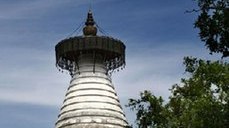
- White Dagoba at Miaoying Temple
Located inside Fucheng Gate in Beijing, the temple was built in 1096 during the Liao Dynasty. Miaoying Temple, also named the White Dagoba Temple, got its name because there is a white dagoba in the temple.
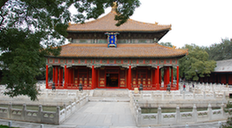
- Guozijian
Originally built in 1306, Guozijian, also known as the Imperial Academy, was the highest educational institute in ancient China during the Yuan (1271-1368), Ming (1368-1644) and Qing (1644-1911) dynasties.
